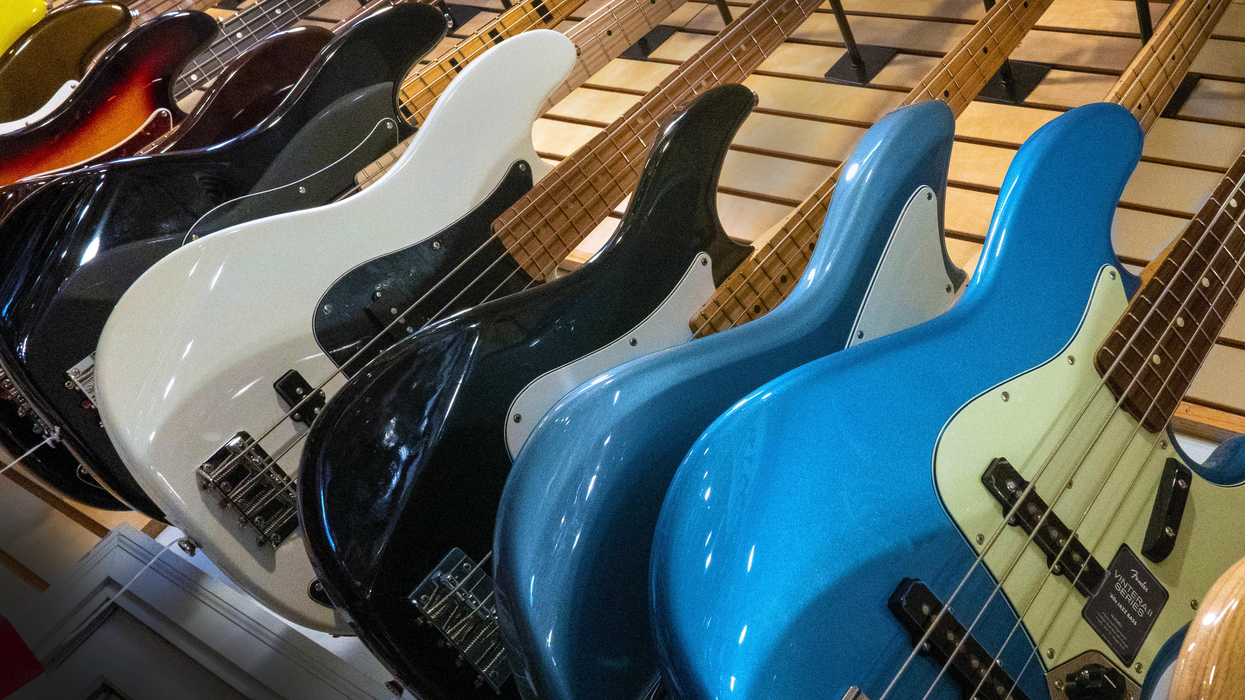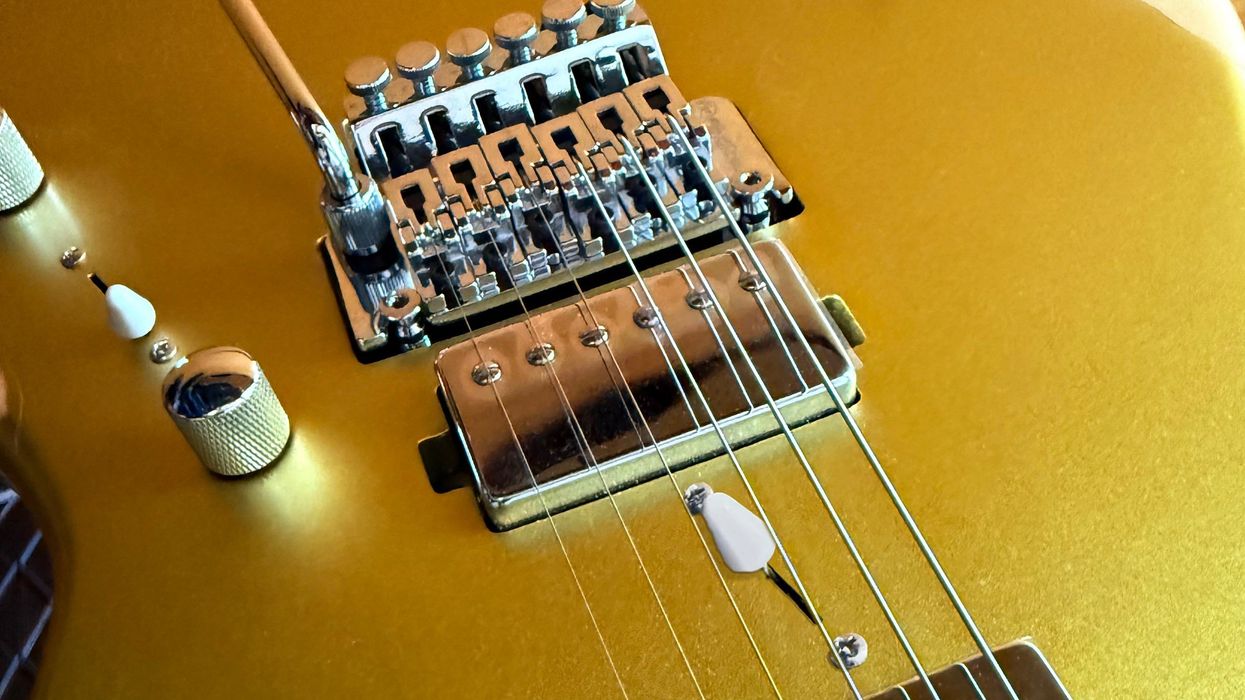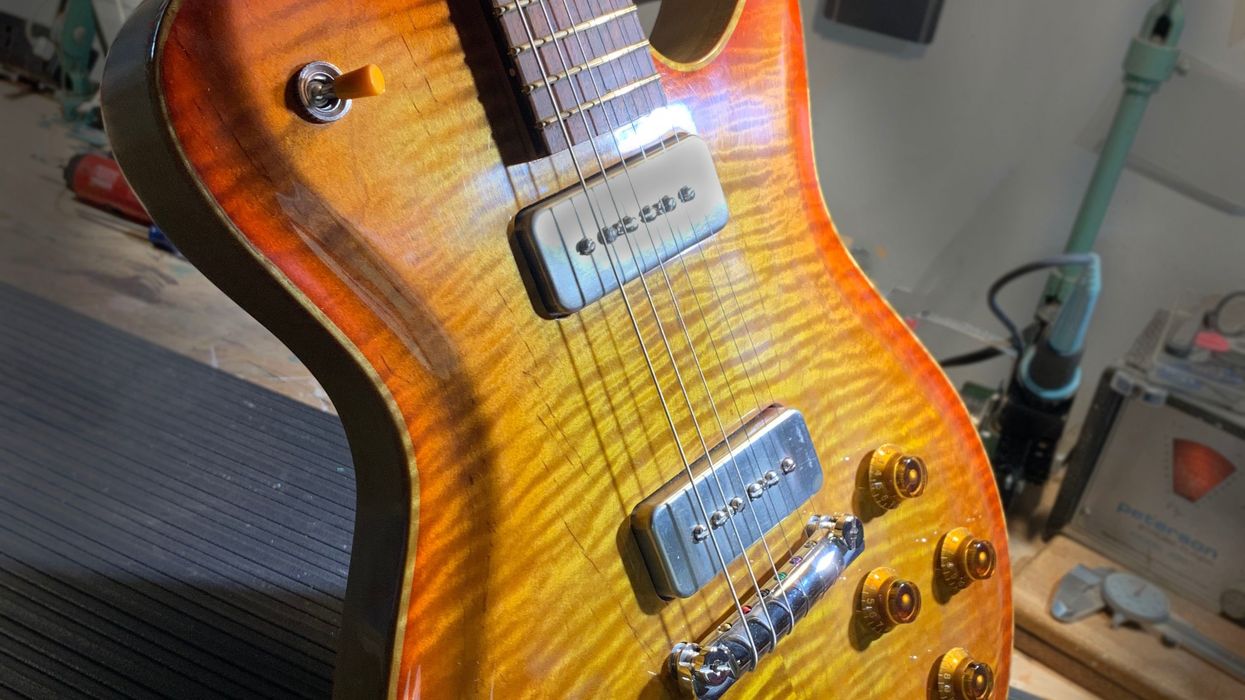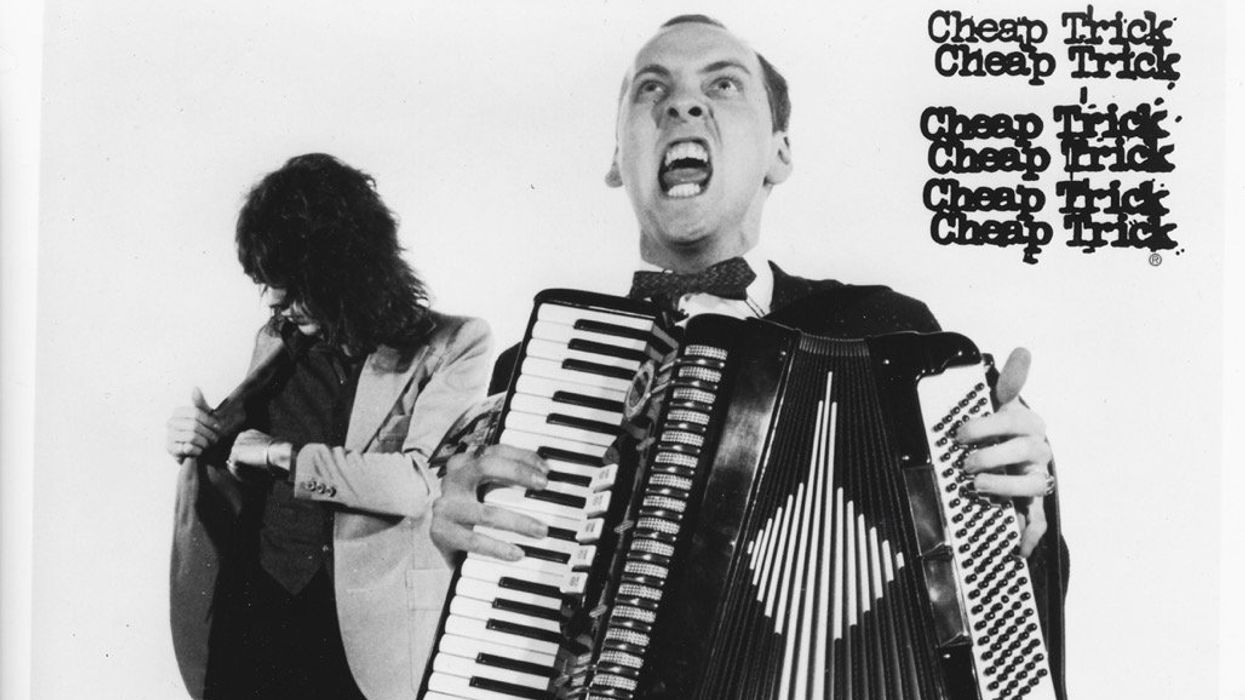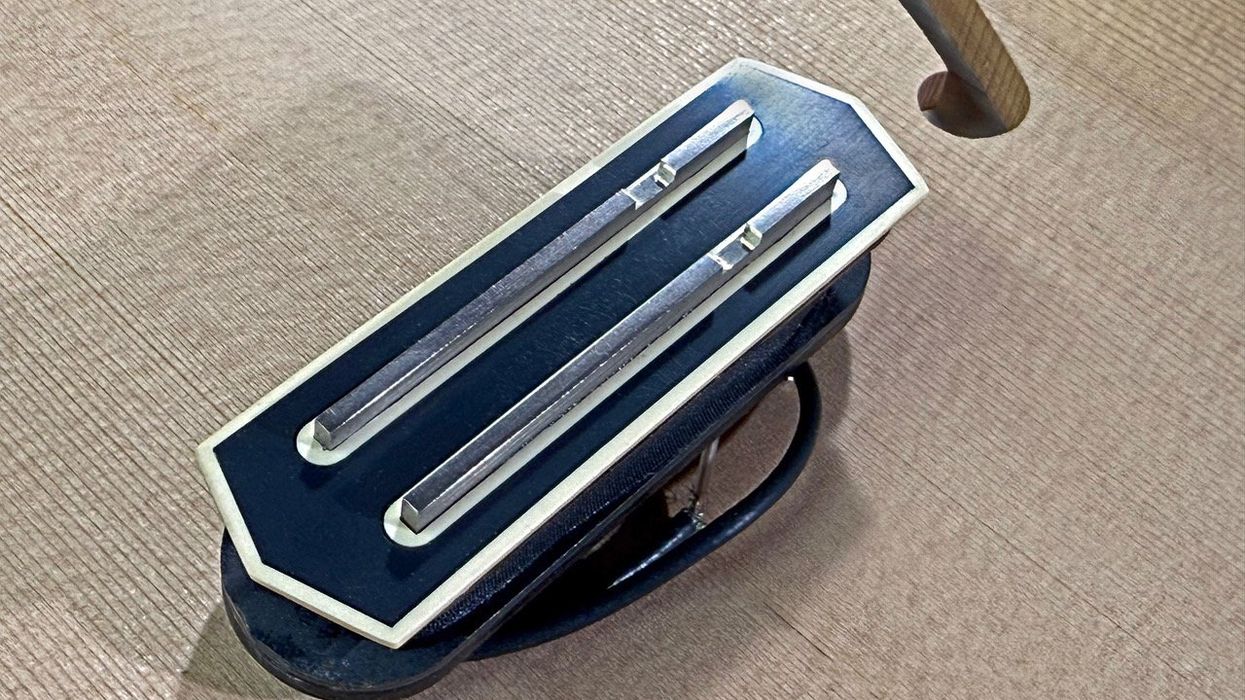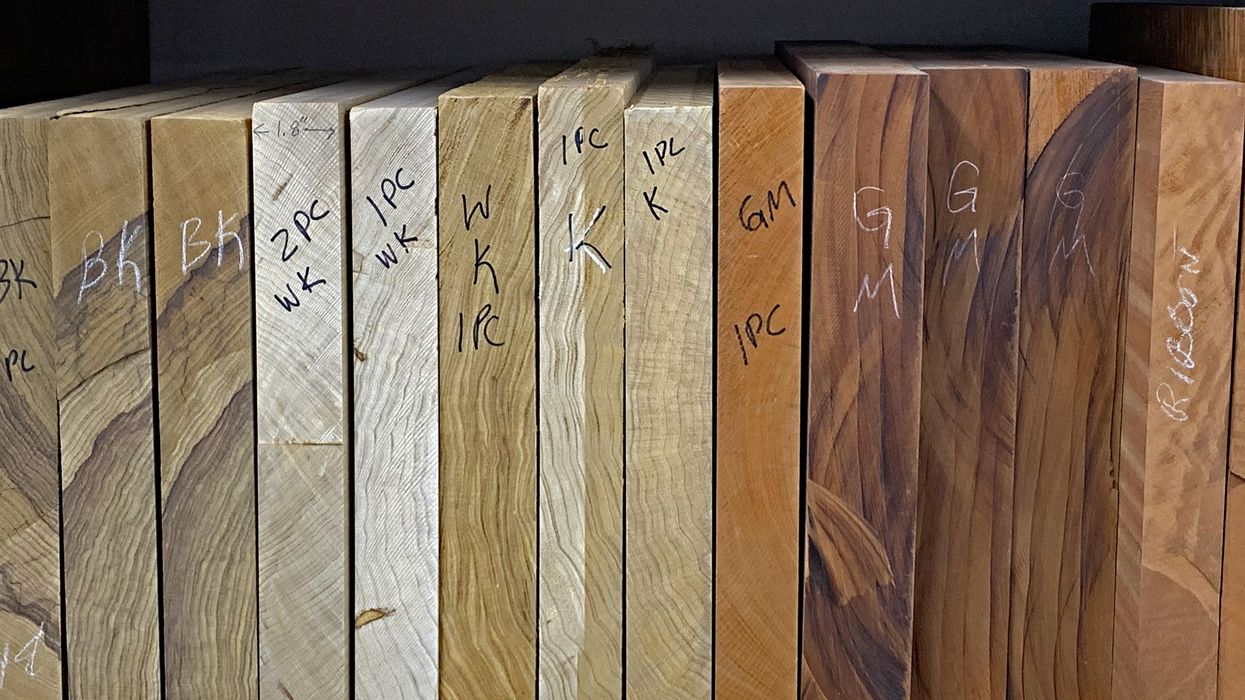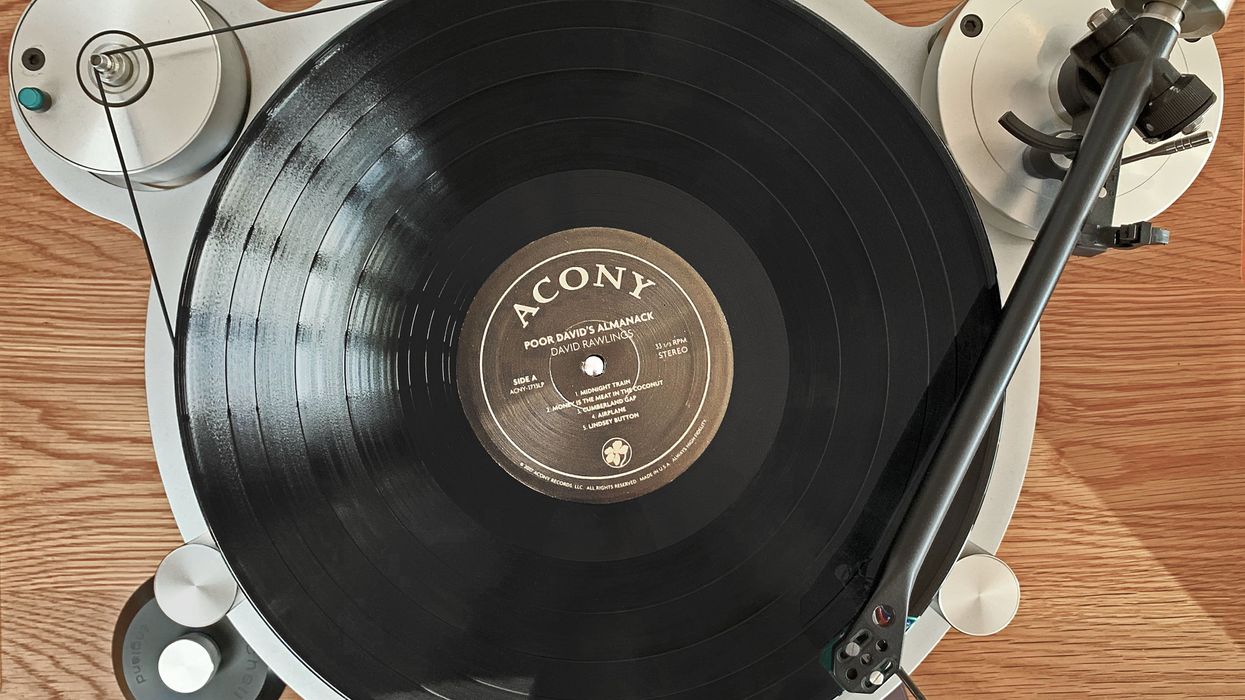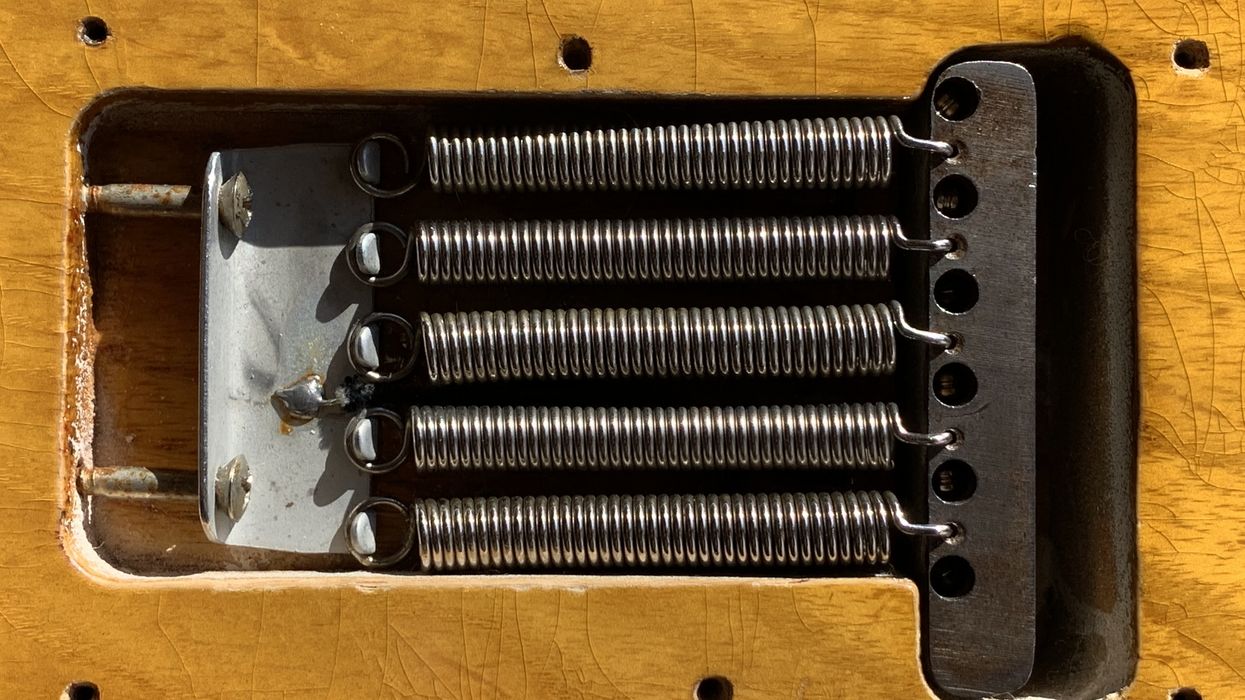Mr. Shoe came flying into our rehearsal space, shouting and waving his arms as if he were flagging down a taxi. “Your amplifiers are distorting," he shouted above our Yardbirds-style rave up. Obviously upset, he continued, “Your amps—they're making square waves."
It was 1969, and I'd only just joined up with my friend Gary's band to practice in the basement of a storefront in Deerfield, Illinois. Mr. Shoe was the landlord, and his son Al had built the basement into the fledgling recording studio where our little rock combo practiced a few times a month. As a ham-radio enthusiast and something of an audiophile, Mr. Shoe recognized the Skilsaw-esque buzz of our power chords as a problem to be solved as opposed to a desired condition. It may have been the first time I'd heard the term "square wave," but instinctively, I knew what he meant.
"That's what we want," we told him, but our explanations fell on deaf ears. Defeated, the old man left the building shaking his head muttering something about harmonic distortion, leaving us to our "bad" sound. Obviously, we were beyond help.
That day certainly wasn't the first time someone had turned up a guitar amp and thought it sounded cool as it tried to destroy itself. We were only mimicking the sounds we'd heard on recordings and in concerts. But our encounter with Mr. Shoe underlined a radical schism that had occurred in the audio universe: Instead of merely accurately reproducing the sound of the guitar, the amplifier had become part of the instrument, and there was no turning back.
Suddenly, guitar and amp builders were faced with an entirely different and louder playing environment. As music became more aggressive, the amps got bigger with "piggyback" amp/speaker setups displacing the lowly combo style. And then came the Vox AC100. Built to roar over the screams of Beatles fans, it towered above the competition and was lusted after by teenage boys around the world. Not satisfied with his Vox, however, Pete Townshend urged music-store owner Jim Marshall and engineer Ken Bran to develop the iconic "stack" topped with 100, or even 200 watts of punishment. Fender, SUNN, Acoustic, and many others followed suit, building larger and more potent gear as rock's arms race heated up.
There was resistance to the trend, of course. Many of the amp and guitar manufacturers felt betrayed by the onslaught of high-decibel levels and escalating distortion in rock music's vernacular. As legend goes, Ampeg's founder, Everett Hull, disliked distortion so much that he wrote a warning into his company's literature and demanded that his engineers design extra headroom into their amps to keep things tidy and clean. Clearly, Mr. Shoe would have liked this guy. Back in my high school days, the early '60s Ampeg B-15 bass amp was a coveted piece of gear, but it just couldn't keep up with the latest guitar amps from Fender when things got cranked. In a twist of ironic fate, Ampeg would roll out their mighty SVT less than a decade later. And in 1969, the company outfitted the Rolling Stones with a backline befitting for the kings of rock and their massive stage show. Just the same, the big blue boxes sported the warning "This amp is capable of delivering sound pressure levels that may cause permanent hearing damage." If you've ever tried one of the original SVT amps, you know this wasn't an idle threat.
In retrospect, a lot of the escalation may have been created by the lack of sound-system and monitor technology of the time. Most recordings were still made using small amplifiers—Jimmy Page's Supro, Clapton's Bluesbreaker and Joe Walsh's Fender Harvard come to mind—but concert amps were all about filling the venue, or at least the stage. Of course, there was the visual aspect. Giant walls of amplifiers became the backdrop for any well-heeled rock band. The intimidation and grandeur of six Marshall stacks was a middle finger to the older generation and their unhip music, as the sheer power of a concert became a full-body tribal ritual for both performers and audience. Rock 'n' roll was finally delivering on its dangerous promise.
High power and huge volumes pushed equipment to the limit. Pickups squealed and guitars began to feedback uncontrollably. As a defense, guitarists developed new skills like palm muting to compensate. Playing technique began to be about holding the power back until needed, as opposed to struggling to stand out—the exact opposite of an acoustic guitar, or even early electrics. On the manufacturing side, there were other considerations. The aftermarket for guitar parts and all manner of effects pedals began to bloom. Wax potting of pickups to eliminate microphonic squeal became common—any small degradation in sound being considered an acceptable tradeoff. One company marketed foam to be stuffed inside guitars to dampen the howling effect at high volume.
Over time, the sound-system industry developed usable monitoring and provided enough mic coverage so that stage levels could be reduced to allow proper mixing of a band's entire sound. A 1970s performer might barely recognize the gear used to deliver sound to a stadium show today. Computer-controlled sound arrays that can efficiently amplify vocals, drums, and small, low-watt guitar amps have reduced stage volumes to 1950s levels.
In-ear monitors changed the game even further. I recall visiting some friends on a major tour and was surprised to learn that there was zero stage volume involved. The immense wall of amps was a facade and all the guitars were amped into speaker emulators, which in turn were fed to the house and in-ear monitors. During the monitor check, the only sound on stage was drums. Even the guitar techs had to wear ears in order to do their job! When the house kicked in, that's when it actually sounded like a rock show. Today, I meet plenty of pros that have never stood onstage in front of a full stack, so seems as though we have come full circle. I wonder if Mr. Shoe would still disapprove.
[Updated 8/10/21]





